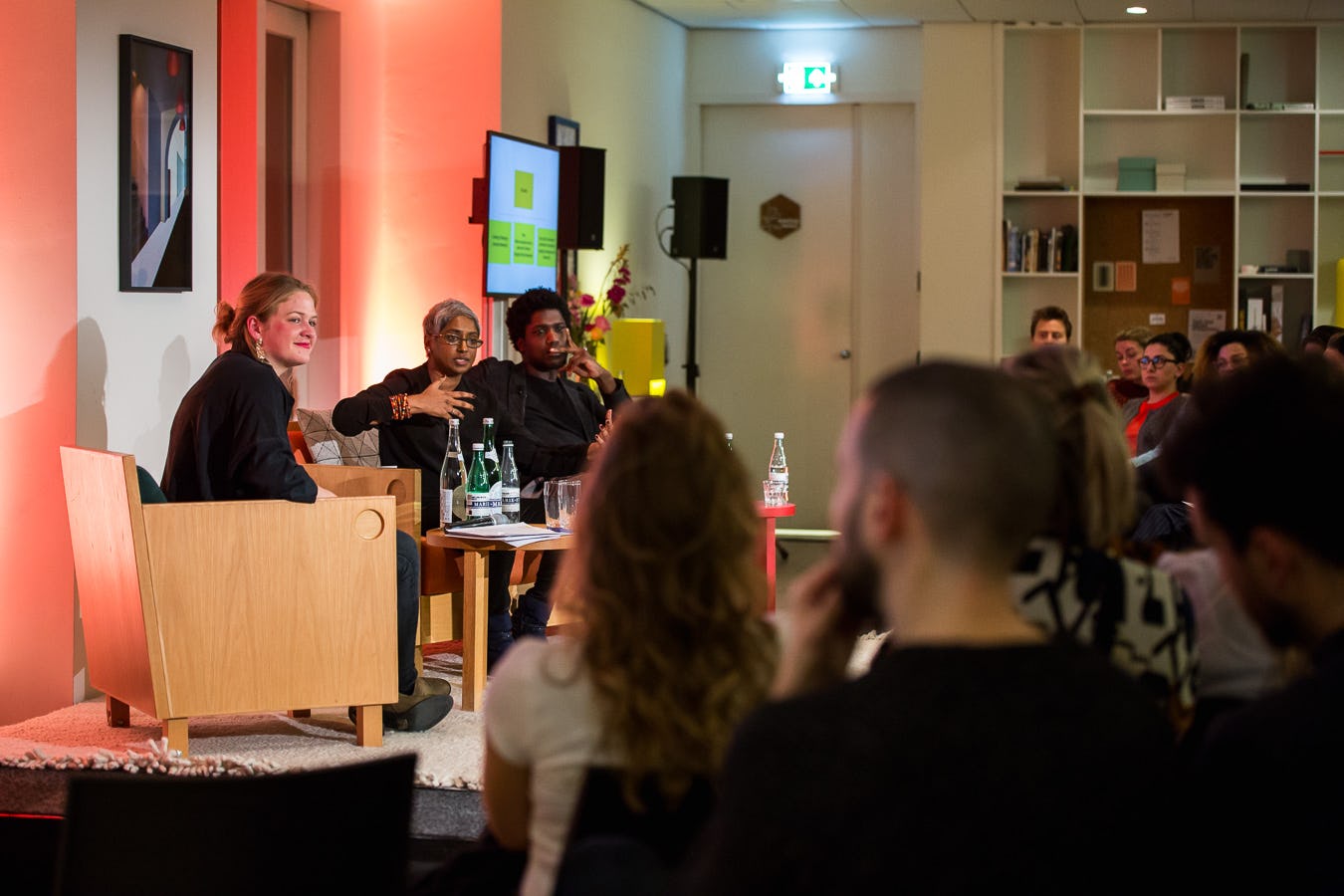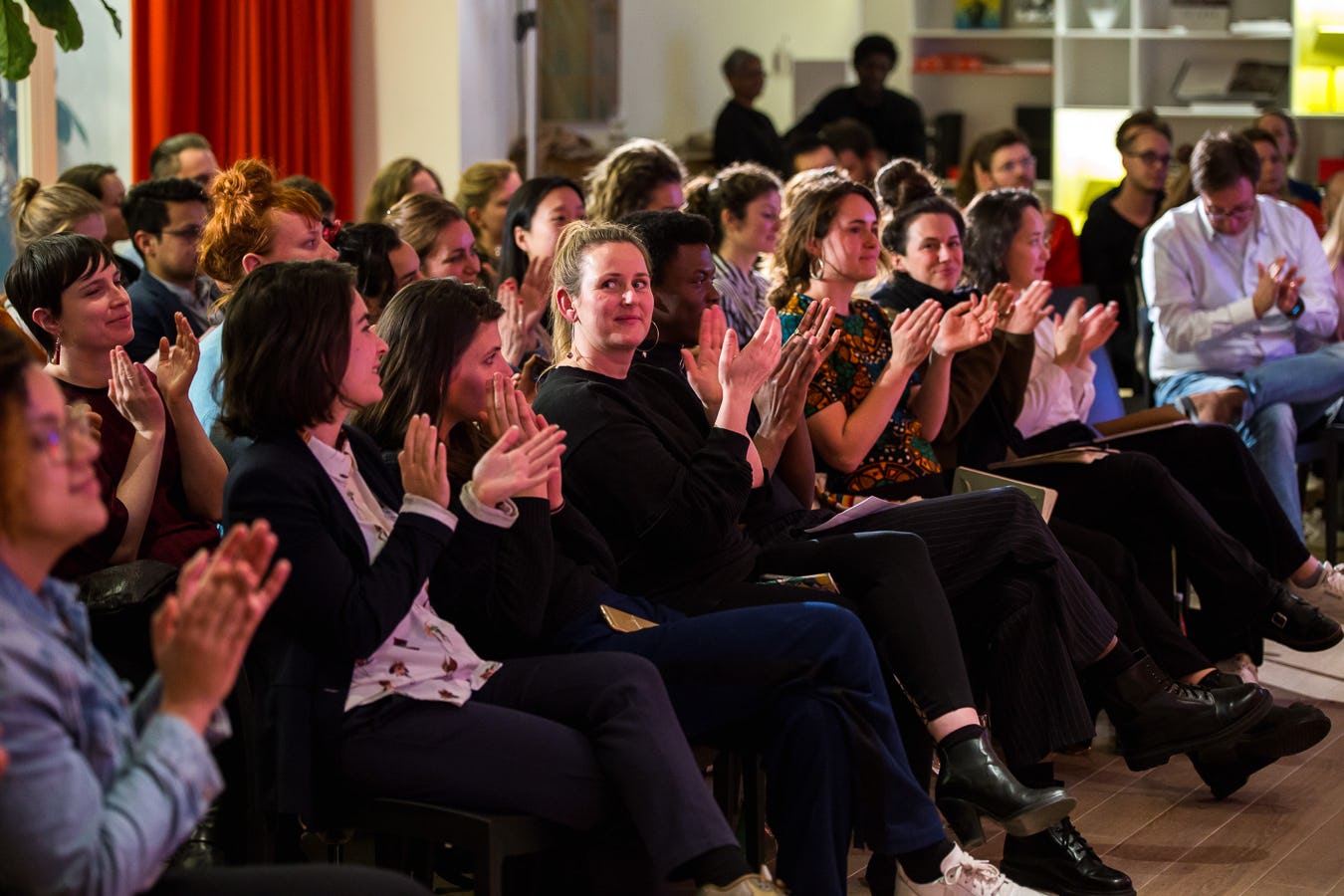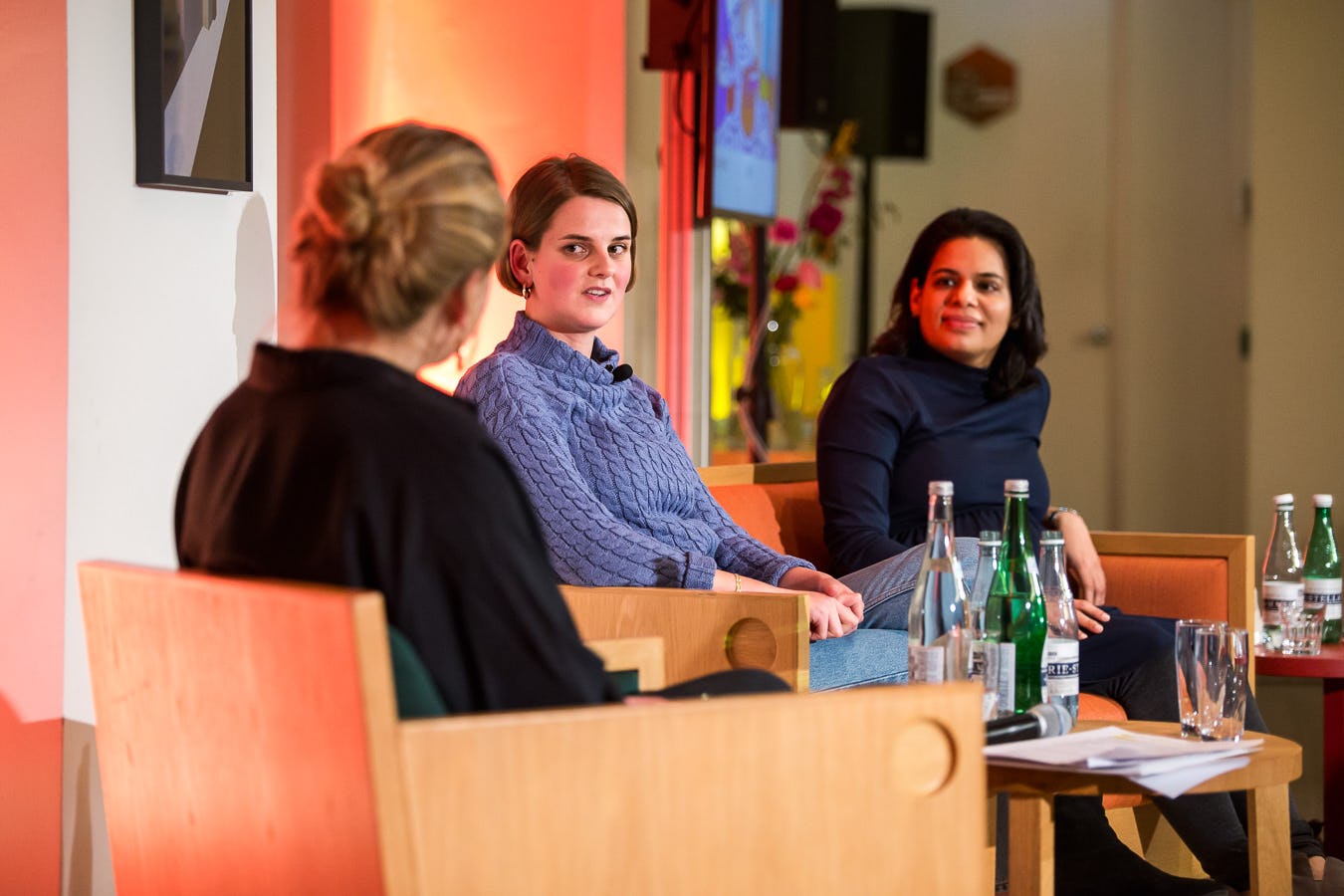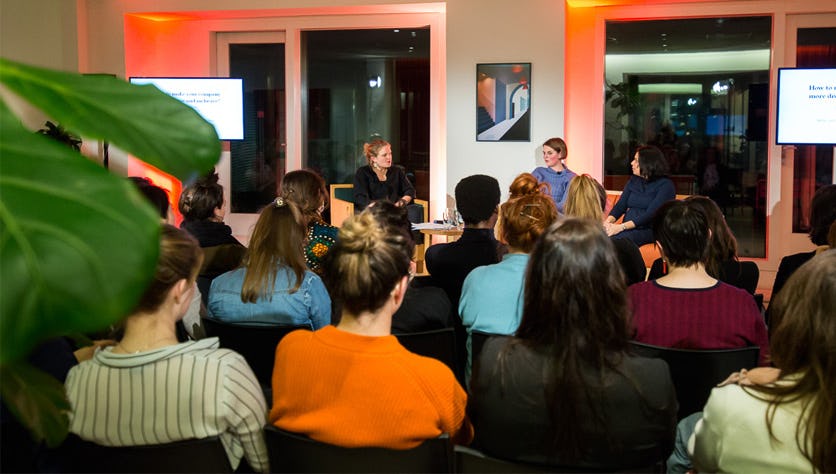
In the hiring process you have many things to consider when finding the right talent. It’s about getting the best candidate for the job. But what happens if you also want to promote diversity in your team? Will you be able to still pick the best person or do you choose the one that ticks the diversity box? Another situation; so yes, your team is diverse. How do you get them to feel included?
These dilemmas and more were discussed at The Art of Work: Diversity and Inclusion at Spaces Herengracht on March 14th, our joint event organised with Homerun. A room filled with creatives, HR execs, hiring managers, overall team managers and founders. All listened and asked questions to the experts on stage:
– Geraldine Moodley // Adviser | Trainer Diversity & Inclusive Leadership and Founder of Catalyst Consulting Ltd
– Stephan Alspeer // Board Member IncludeNow & Owner of The State of Culture
– Meghana Reddy // VP People at Framer
– Iris Cuppen // Writer and Researcher at Bakken & Bæck
As moderator Stephanie Bartscht jokingly introduces the evening’s topics by mentioning the elephant in the room: “We all know these are some of the most-hyped buzzwords of the year.” After the kick-off we sit down with the first two guests, Geraldine Moodley and Stephan Alspeer.
“Everyone is programmed in ways they don’t realize. You’ll always process things in the way you’re most comfortable with — and you have to be aware of that.” — Geraldine Moodley, advisor on diversity and inclusive leadership
Look, Geraldine’s not wrong — talk on these things has been skyrocketing online, championed by some of the internet’s thought leaders. But it’s more than just another echo chamber — companies worldwide have been taking notice and are increasingly focused on creating a team that reflects society and a work culture that makes anyone feel at home. In reality, this requires that we navigate complicated and sometimes uncomfortable questions about the way we think, act and manage our workplaces. That’s why it’s a full house this evening — people are very eager to learn.
“Representation matters,” says Stephan Alspeer, cultural strategist and board member of IncludeNow, an organization that’s working to create a more inclusive media and advertising industry. When seeing the overwhelming reaction to a campaign he created for Magnum featuring a wedding between two women, he realized that sharing stories by underrepresented groups is important.
Taking the first step
So how do you get started? “A great place to start is bias training,” says Geraldine Moodley, advisor on diversity and inclusive leadership, when asked about the first steps for companies that are trying to become more inclusive. “Everyone is programmed in ways they don’t realize. You’ll always process things in the way you’re most comfortable with — and you have to be aware of that.”
When you start realizing your own bias, you can make better decisions on who to hire, for example. Are you hiring someone because they would be a great fit for the job, or are you just looking to fill the position? Perhaps you’re unconsciously searching for someone who looks like you? According to Geraldine, we usually only see one dimension of someone, but it’s important to see all aspects of their personality. But all of this can’t just change overnight: “It has to be a behavioral change — there’s no quick fix.”
Creating better workplaces
After the break we hear from Meghana Reddy and Iris Cuppen. For tech companies, creating a work environment that’s reflective of society proves to be an even bigger challenge. Reddy, VP People at Framer has joined the company only two months ago but is already taking it head-on. Over the course of her career, she has learned that it’s important to engage senior leadership at an early stage in order to get things done. “All hiring and payment decisions are made by these people, so you need to change their mindset,” she says. While an obvious roadblock could be that some board members might not be into diversity, she has a solution to this: “Even straight, white people experience some of the things that minorities deal with in daily life. This makes it easier to talk about the importance of these topics with them.”
Iris Cuppen, writer and researcher at Bakken & Bæck, agrees on this matter. She wrote the Diversity and Inclusivity guidebook for the company, and quickly came to realize that everyone needs to be on the same wavelength: “It’s not just a women’s issue or a minority issue — it’s something everyone has to work on.” She promotes the idea of creating a safe space where employees can freely talk about their issues, but also acknowledges the importance of bringing onboard senior management. “You can’t make big changes without top-down support,” she adds.
“Inclusion is not just a women’s issue or a minority issue; it’s something everyone has to work on.” — Iris Cuppen, writer and researcher at Bakken & Bæck
The best part about pushing a strong agenda on diversity and inclusion? It’s not just great for employee wellbeing — businesses themselves can also reap the benefits. Iris explains that this often shows in their work: “When we redesigned one of Norway’s most popular apps, we made a couple of critical mistakes. If we would have included diverse voices into our early research, the project would have been done earlier.”
“You remove groupthink, have happier employees and reflect society better” — Meghana Reddy, VP People at Framer:
Diversity and inclusion are hard to get right, and sure enough we didn’t get to the bottom of everything tonight. But at least we got a little closer to understanding the complexities of creating a workplace where anyone can feel at home.
8 Key takeaways
- Be intersectional in your thinking; think across all the dimensions. Take internal, external, organizational and cultural dimensions when considering a candidate to hire.
- Bypass the bias – Realize your own bias and confront it.
- Inclusion is important and will give people a feeling of belonging, but don’t forget to take equality into account to create a workplace of full inclusion
- To have diversity in the workplace, you have to create a workspace and environment for people to share experiences and where they can work together. Experiment and try a lot to create the ideal environment for your team
- To be more diverse and inclusive: focus on senior staff and look at how they act, they make the decisions and give the examples. Also only with top-down support you can make a difference.
- Try to the exercise “Cross the line” and experience what you have in common with those you might not expect it from
- Exaggerate and enlarge examples to make your point across and show the ideal ways versus the current ways.
- There’s no quick fix; change always takes time.
This is a collaborative article, another version is to be found via Homerun.
Share this article
 Read now 75% of businesses are introducing flexible working to cut down commute times.
Read now 75% of businesses are introducing flexible working to cut down commute times.
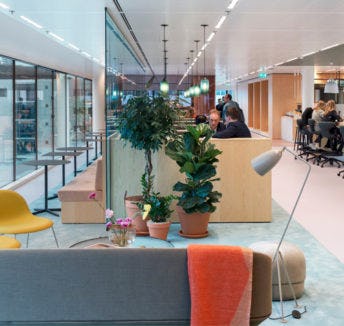 Read now A green office is a productive office.
Read now A green office is a productive office.
